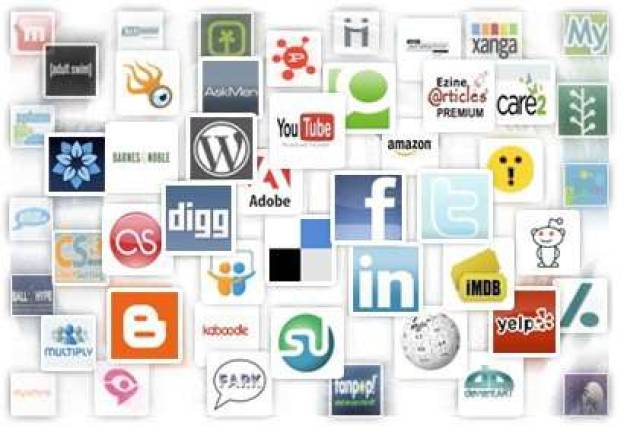Tragedy Brings Social Media's Highlights and Pitfalls to the Forefront

A strange thing happened at dinner with friends a few weeks ago. When each of us reached for our cell phones at the table, it was not to check-in on Foursquare, nor to take photos of our food. It was to check the news ? on Twitter. It was the week of the Boston Marathon bombings, and Boston was on lockdown in pursuit of the second suspect. One friend had been twenty minutes late, citing her office's being glued to the television as an excuse. The news stalled. Twitter buzzed. Recent events like the Boston Marathon bombing, the Sandy Hook Elementary School shooting, and even Hurricane Sandy have given new value to social media outlets that may otherwise feel tedious and shallow. In each of these crises, younger generations have adapted what they are perhaps best trained in ? the art of connecting ? to fit the situation, at times so seamlessly that we do not even realize the leap. During Hurricane Sandy, when cellular networks in New York City were flooded with traffic ? and water ? and battery life was scarce, Facebook and Twitter offered instant and efficient ways of sharing one's "status" broadly, without wasting precious time updating individuals. For those who found themselves in Boston this past week, the same status updates offered a simple way of saying, if nothing else, "I'm okay." Perhaps the most jarring realization this past week, however, was with regard to the change in where we look for, or encounter, the news. When accounts of the Boston Marathon bombing first broke, I was on Facebook ? a moment of boredom ignited into twenty minutes of indiscriminately viewing photos, articles, and status updates ? until I saw the first post. Within the span of one refresh, my newsfeed was flooded with comments ? outrage, sympathy and inquiries to friends and family. Within seconds, Facebook had been seized as a vehicle for crisis, and unrelated posts seemed to halt, either out of respect or fear. I checked the news. No major news outlets had much to report yet, some citing the same initial tweets as their only source. Thanks to Twitter, we had been alerted but could not be informed. If one considers that at any given moment in any given place, there is likely someone sharing something, it is not surprising that when tragedy strikes, we know. Immediately. However, what follows is less certain. We then live in a state of informed suspense. It can take minutes, hours, even days for news outlets to uncover the entire story, and events they once might have had hours to report on must now literally be covered immediately to keep up. However, is that coverage then any more elevated than the average tweet? In the case of the Boston Marathon bombings, firsthand tweets made the news. Whether verified or not, they became part of the event itself and were reported as such. We are used to being shocked by the news, but as the Sandy Hook Elementary School shooting and most recently the Boston Marathon bombings have pointed out, there is a different sort of shock that comes from the instant coverage social media provides. While the news is often presented as a muted, filtered version of reality, social media coverage shows a sort of hyper-reality. Blood on sidewalks, firsthand impressions ? it has the makings of something so shockingly real that it feels false, surreal. If eyewitnesses have trouble processing what they see in tragedy, it is for the same reason we as viewers are struck by social media coverage by them. We are not trained to process unfiltered news. Does it dehumanize victims to have the destruction posted alongside someone's food photos and status updates? Or are those very posts the key to spreading news, solving crimes, and promoting safety in a time of crisis? And more importantly, does that photo remain the next day, when the user resumes posting their food photos and cat memes? We must of course consider the implications of the news being relayed in a public forum, and how that might make us vulnerable. The potential for manipulation goes without saying. And if criminals can monitor the conversation, to what end? When our world has become so interconnected that the news must play catch-up, where do the checkpoints come in? And without them, what sort of media terrorism could arise? Fabricated photos of fake events could easily go viral, especially if coordinated at a large scale. This would not take a great deal of planning, nor skill in execution. How would we as a nation react? How long would it take to realize the falsity, and how might our impulses change the next time around? Would we turn to traditional news outlets with renewed faith, or instead see their own filter more clearly and balk at that as well? These are all questions that will undoubtedly go unanswered and perhaps soon become irrelevant as the social media landscape continues to change, but I do hope the trend continues to be one of seamless innovation, rather than its unchecked implications.